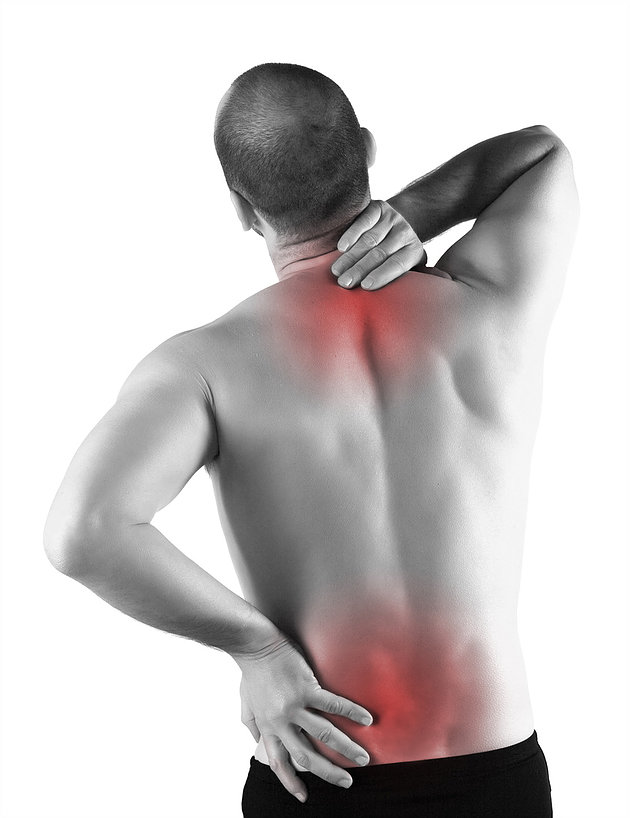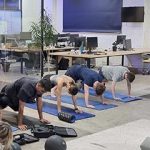Welcome back as we continue our discussion on ‘myofascical release’ and why we foam roll or do any other form of self massage. As mentioned in our last blog, today we are breaking down why we release to a more technical level. We hope by the end of this article you have a better understanding of:
-
How chronically short muscles can lead to pain and dysfunction
-
How releasing muscles can assist with moving more efficiently and with less pain
How do tight and short muscles impact you?
First of all when we are talking about fascia, and tight muscles we refer to the fascia around the muscles forming bonds and this leading to those muscles to be locked in non-ideal positions (you may have heard these tight bundles of muscle fibres called knots). It is also important to understand that just because you release your muscles doesn’t mean you should dismiss stretching. Release will help to free up the muscles and stretching still helps to lengthen those muscles that are tight. For a more in-depth visual on fascia and how it impacts movement refer to the video on our last blog.
Now onto how restricted/tight muscles can impact our movement and lead to pain and dysfunction. To best show this we have included a few photos below as a point of reference.

Image: https://www.muscleandmotion.com
As you can see, pictured we have a photo of the well known group of muscles known as the quadriceps (quads). The large muscles on the front of your upper leg. The quad muscle we are focusing on in particular is the rectus femoris. The important aspect of this muscle is where it attaches to our body, one end attaches to the pelvis (hips) and the other to the knee cap via the patella tendon.
As you can probably guess, if this muscle is short and tight it has the ability to tilt the pelvis forward. Being able to tilt the pelvis forward is a perfectly normal movement. However, when the pelvis is permanently tilted forward (commonly known as an anterior pelvic tilt) due to an overly tight muscle we are then going to have muscle imbalances. As mentioned in previous blogs musculoskeletal imbalances often lead to persistent pain and injury issues. For example lower back pain is a common occurrence for people with an anterior pelvic tilt.
There are around 20 muscles that attach to the hips. All of these muscles are designed to work best when the hip is in a neutral position. Therefore, if you have a constant anterior tilt you are going to throw out a lot of other muscles around the hips, again, this leads to pain and dysfunction. To highlight this with a visual consider the following muscle. The Quadrates Lumborum.

Image: https://www.muscleandmotion.com
The above image highlights the QL which attaches at the back of the pelvis. Therefore, if the pelvis tilts forward permanently the QL is going to have to adjust it’s permanent position as well, again likely contributing to back pain.
So why release?
Before we go into this, just remember this is only one example of how one muscle being in a chronically short position can impact other muscles and the ideal functioning of day to day movement. Also almost no one has a 100% perfectly balanced body, working towards a highly functional body takes consistent effort incorporating release, stretching and functional exercises.
We hope that the above scenario answered the question for you, as to why you release. We work on myofascial release to free up any muscles that are ‘locked short’ or ‘locked long’ due to binding and bonding of the fascia around that muscle. Releasing these bonds via applying self massage techniques or seeing a health professional such as a physio, masseus, myotherapist etc. will help return that muscle to functioning to the best of its ability, the way it was designed to. If we have our body as balanced as possible we will move better, achieve better outcomes in our training and highly reduce the occurrences of musculoskeletal pain, if not eliminate pain entirely.
We hope this has given you some more insight into why people roll or perform any other form of release. At Functional For Life we are constantly working on providing you with tips so you can move well in day to day life. Keep tuned for some release techniques and tips in the near future. Thanks for reading and if you are ever after more tips or advice drop us a line at [email protected]
Warning: The training and instructional content contained on this website should be taken as information and not medical advice. Please consult your health professional before attempting these exercises.






